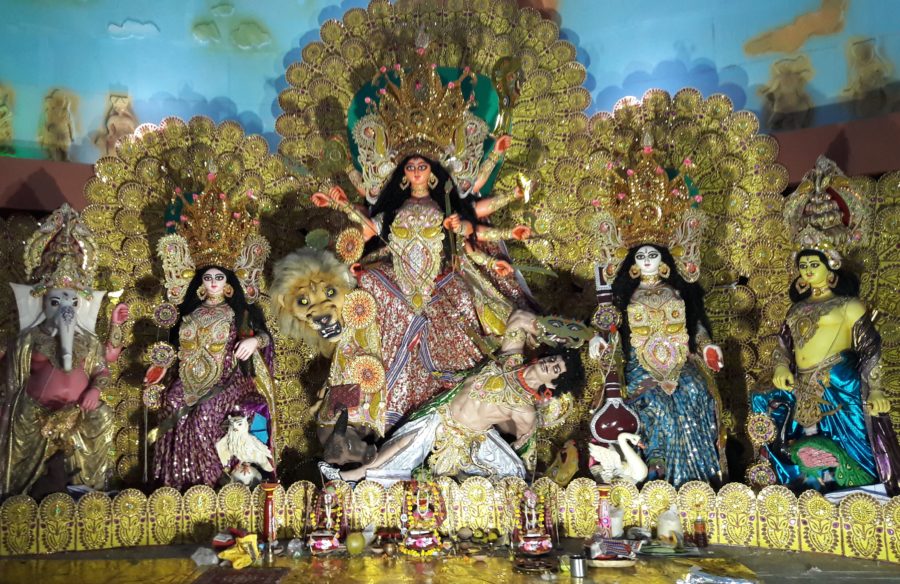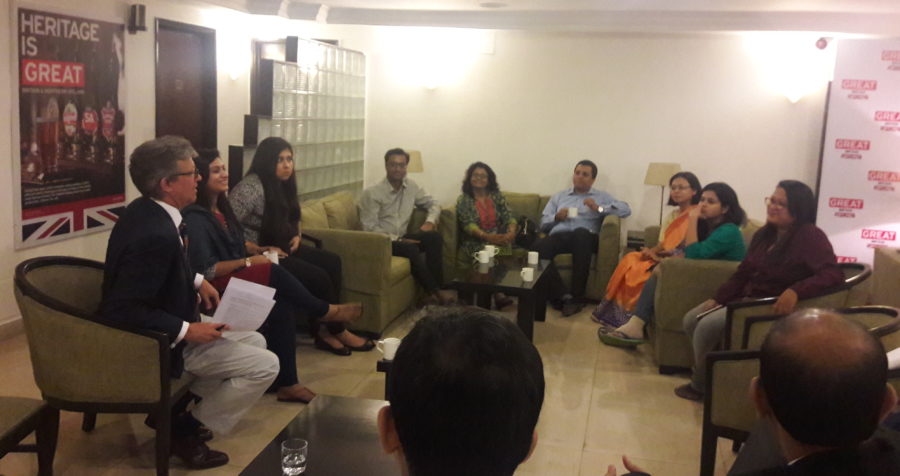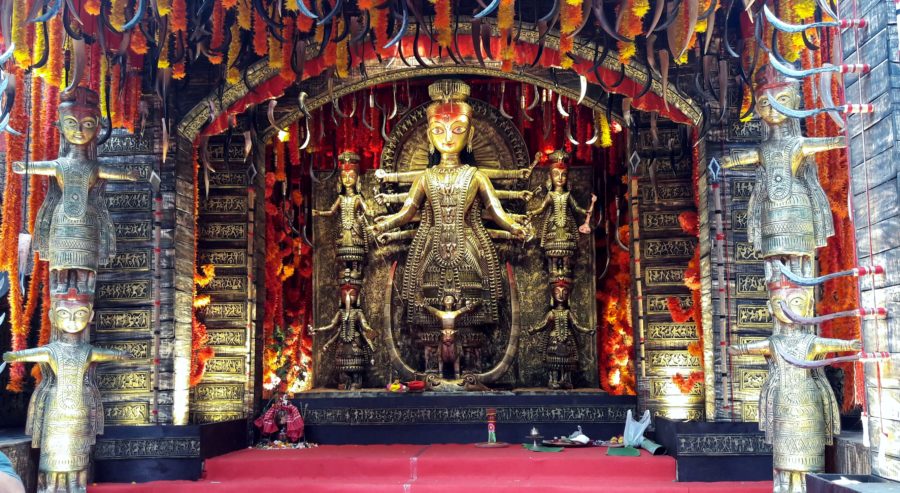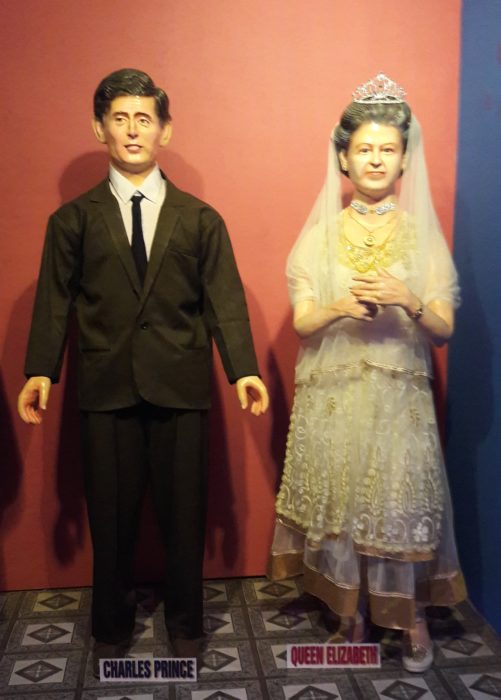14th October 2016 Kolkata, India
Spirit of place

I hosted my first adda last week. An adda is a very Bengali event – it’s a meeting of a group of people to talk about a particular subject. I attended one on my second day in Kolkata organised by the British Council colleagues for the British High Commissioner to India Dominic Asquith who was visiting from Delhi. The theme was innovation. We found that the participants soon became enthused and interrupted each other. So you need a moderator to direct the discussion, and to stop people talking over each other.

I wanted to hold one to talk about my host city. Rather than rely on my impressions of Kolkata, I wanted to hear Kolkatans themselves describe their own city. So I set the question: what is Kolkata’s USP or ‘Unique Selling Point’? I didn’t want my guests – who were a range of younger people from a variety of backgrounds from business, government and the social sector – just to talk about what they thought of the culture, but also how Kolkata projects itself to outsiders.
The conversation was animated, as I expected it to be. Opinion was varied: some thought there was still a very strong sense of community in the city, and that neighbours looked out for each other. Some thought Kolkata maintains a tolerance towards those of different faiths, beliefs and habits. Others weren’t so sure that Kolkata was any safer than the other metro cities, the largest cities in India.
We also talked about how expressive and creative Bengalis and Kolkatans are, perhaps more so than people from other parts of India. There are many talented people in the arts and culture. However, they often leave Kolkata for other parts of India to realise their talent. This led to a discussion of the economic state of the city, and how the city may (or may not) be experiencing the same economic growth apparent in other parts of India.
There was almost unanimity that I would get a better idea this week, during the Durga Puja, the annual (and biggest) Hindu festival celebrated in the city. I would discover the civic feeling, the creativity and the spirit of Kolkata during the festival.
I should explain for those not living in Kolkata (or India) that the essence of the festival is a celebration of the victory of Durga, who is also known as Parvati, the wife of Shiva, over the demon Mahishasura. The gods and demons take various forms, and some are represented by animals. Clay idols of Durga and other deities are made and displayed, and then immersed in the Ganges.
That is just one part of the festival. It is also a time when families and friends come together and give presents to each other. There are communal meals, dances, decorations of lights, beating of drums and much more. All communities resident in Kolkata take part in the festivities – Muslims, Christians, Buddhists, Jains, non-Bengalis.
For an outsider and someone relatively new to the city, the main feature of the Puja are pandals, temporary structures which house the idols of Durga and other deities. There are around 2,500 in Kolkata city alone. They are displayed so that people can pass by, pay their respects, and take part in celebrations. They come in different sizes, forms and complexities. Some are artistic installations, others simple representations. But all glorify the different elements of the story of the goddess’s victory over the demon.
 So I saw one pandal constructed in the form of a swan, one of the animals associated with Saraswati, a daughter of Durga. I visited another that celebrated tribal traditions, and was decorated with carved buffalo skulls, hunting knives and all sorts of other artefacts.
So I saw one pandal constructed in the form of a swan, one of the animals associated with Saraswati, a daughter of Durga. I visited another that celebrated tribal traditions, and was decorated with carved buffalo skulls, hunting knives and all sorts of other artefacts.

One was modelled on Madame Tussaud’s wax museum with a traditional representation in the middle of the dome and wax models in a smaller replica of the building in London. Another was a huge model for an artist’s studio, complete with paintings, easels, brushes and so on.
The queues to visit some of the larger pandals were staggering – hundreds of thousands pass by, or through, them during the festival. Some were quite intimate, such as one I visited in a school, which had been designed and built by the school children. And there were other, more traditional, pandals set up in the houses of richer Kolkatans.
As several representatives of organising committees for some of the pandals explained to me, although they are temporary structures erected for four days or so of the festival, they bring communities together to focus on a common event. Their planning and construction can take months of work. While there are professional pandal artists who have multiple commissions, some pandals display panels and other artefacts made by local people.
At some of the pandals, meals and other provisions are given to poorer members of their communities. The committees that run them also raise funds so that those less advantaged in their communities can have new clothes, gifts and even pay for their education.
My guests at the adda were right. The pandals showed me the variety of creativity in the city. And it’s a creativity that isn’t for personal gain, but to celebrate the community spirit. During the Puja, Kolkata has been a special city.